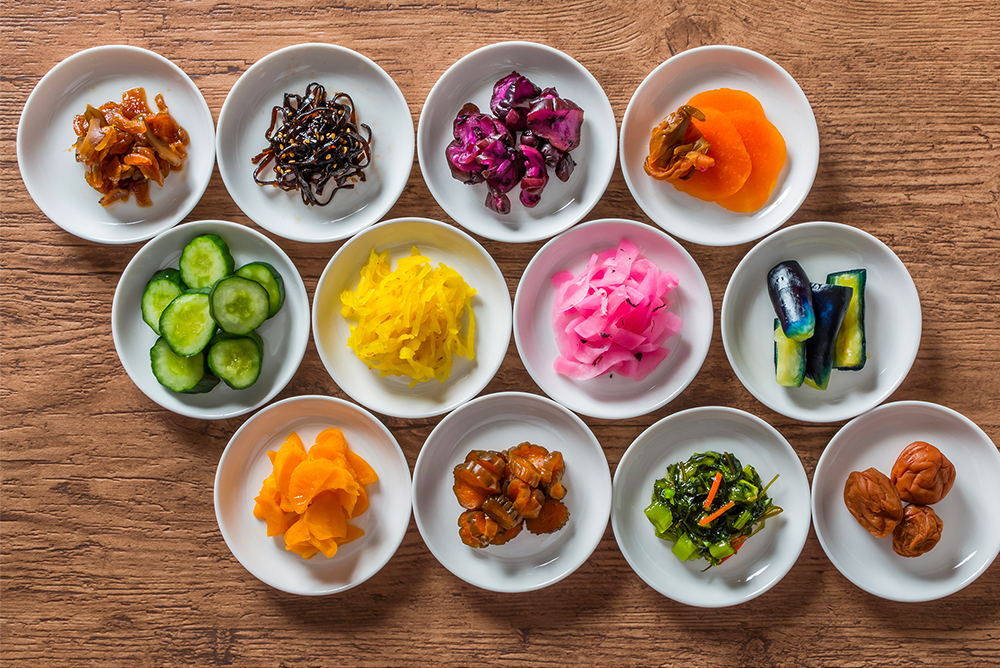
Natural Flavouring and Pickles in Asian Cuisine
Umami, zesty, savoury, or complex, Asian cuisines all use natural herbs, spices and sauce-mixes to achieve their myriad combination of flavours. In fact, it is often these ingredients that make each Asian-style distinct.
The Art of Kimchi
Since before the invention of modern refrigeration, pickling and fermenting seafood, meat and vegetables have been an Asian tradition to preserve food stock for many families. Among these techniques, the Korean Kimchi is perhaps the most wholesome, versatile and delicious.
- Dating back to the legendary Three Kingdoms from 37BC to 7AD
- Made popular thanks to the spread of Buddhist veganism since the Silla dynasty in the 500s
- Evolved through the ages to become an essential staple in both North and South Korean cuisine
- Earliest versions weren't spicy
- Chilli peppers were introduced by Portuguese traders in the 17th century
Health Benefits
- High in fiber, vitamins, and minerals
- Low in calories
- Natural benefits to digestive health
- Many Koreans attribute their smooth skin and general wellness to daily Kimchi consumption
Asian cuisines also often feature pickled veggies, such as the Korean Kimchi and Japanese Tsukemono. These are packed with digestion-friendly properties that can greatly improve your gut health. The art of fermentation and pickling not only preserves food but also enhances its nutritional value, creating probiotic-rich dishes that support digestive health and overall wellbeing.